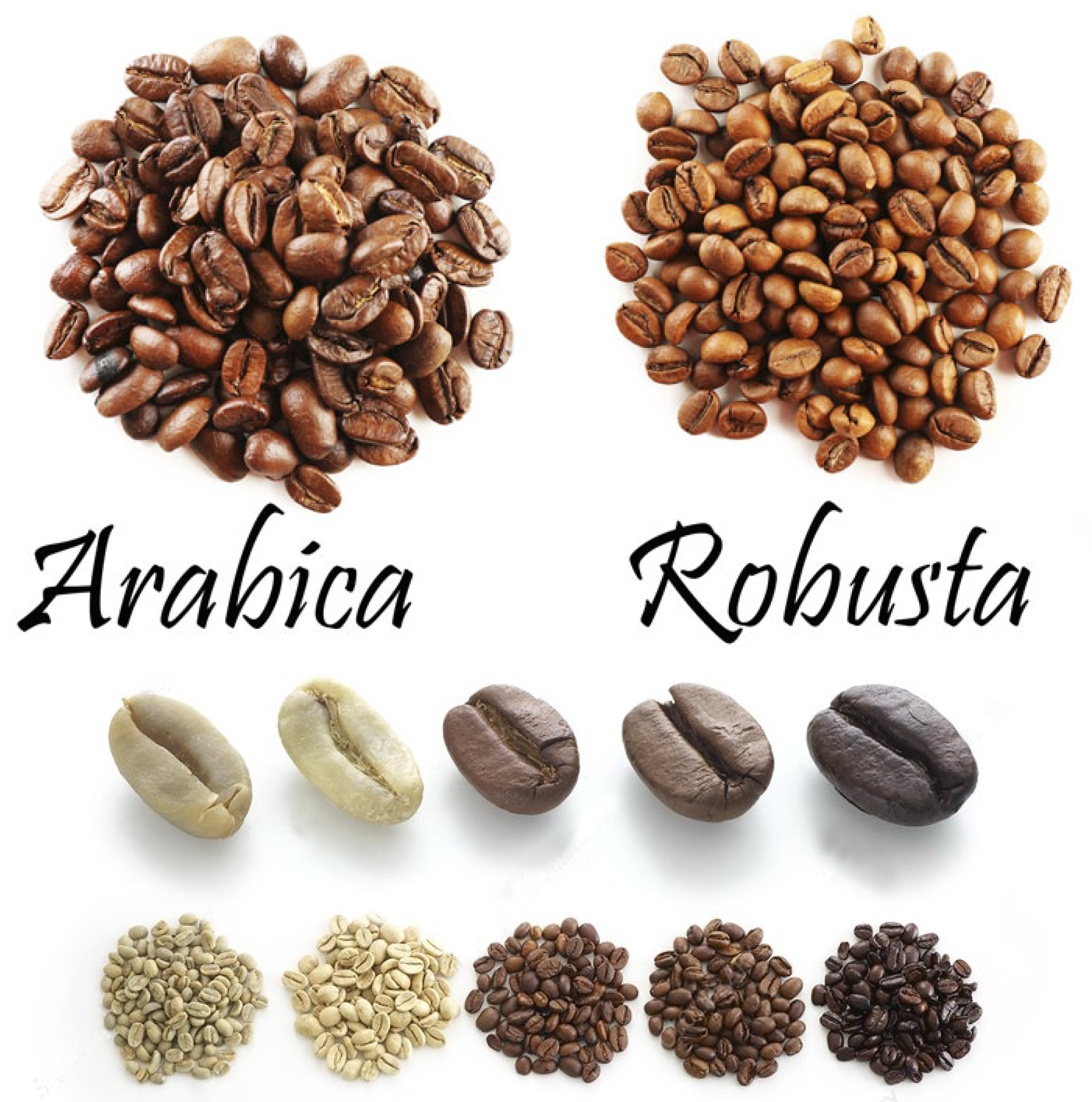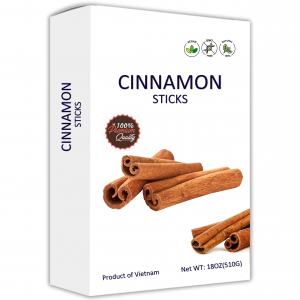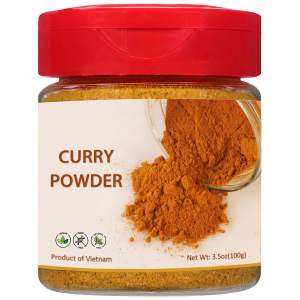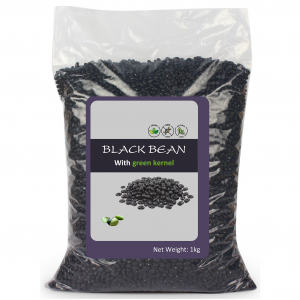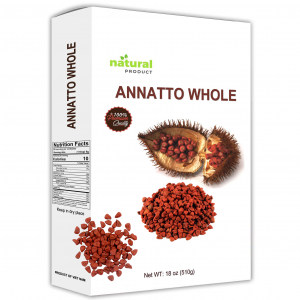COFFEE BEANS
I. Item details
Product description: COFFEE BEANS (Arabica, Robusta and Excelsa)
Product number: 6114
II. Packaging: Customized packaging
III. Grading and classification of green coffee beans
Kindly find the attached file herewith: http://hbmfood.com/Grading and classification of green coffee beans
3.1 ROBUSTA
High quality
- Vietnam Robusta Coffee Beans – Grade 1, Screen 18, Wet Polished
- Vietnam Robusta Coffee Beans – Grade 1, Screen 16, Wet Polished
- Vietnam Robusta Coffee Beans – Grade 1, Screen 16, Lavazza Standard, Nestle Standard 7.1, Folger Standard
- Vietnam Robusta Coffee Beans – Grade 2, Screen 14, Wet Polished
- Vietnam Robusta Coffee Beans – Grade 2, Screen 13, Lavazza Standard, Nestle Standard 7.2, Folger Standard
- Vietnam Robusta Coffee Beans – Grade 2, Screen 13, Wet Polished
- Vietnam Robusta Coffee Beans – Grade 3, Screen 13, Folger Standard
Cleaned quality
- Vietnam Robusta Coffee Beans – Grade 1, Screen 18, Cleaned
- Vietnam Robusta Coffee Beans – Grade 1, Screen 16, Cleaned
- Vietnam Robusta Coffee Beans – Grade 2, Screen 14, Cleaned
- Vietnam Robusta Coffee Beans – Grade 2, Screen 13, Cleaned
Standard quality
- Vietnam Robusta Coffee Beans – Grade 1, Screen 18, Standard
- Vietnam Robusta Coffee Beans – Grade 1, Screen 16, Standard
- Vietnam Robusta Coffee Beans – Grade 2, Screen 13, Standard
Low quality
- Vietnam Robusta Coffee Beans – Grade 3, Screen 13, Standard
3.2 ARABICA
High quality
- Vietnam Fully Washed Arabica Coffee Beans – Grade 1, Screen 18
- Vietnam Fully Washed Arabica Coffee Beans – Grade 1, Screen 16
Cleaned quality
- Vietnam Unwashed Arabica Coffee Beans Grade 1, Screen 18, Cleaned
- Vietnam Unwashed Arabica Coffee Beans Grade 1, Screen 16, Cleaned
Standard quality
- Vietnam Unwashed Arabica Coffee Beans Grade 1, Screen 18
- Vietnam Unwashed Arabica Coffee Beans Grade 1, Screen 16
3.3 EXCELSA
High quality
- Vietnam Excelsa Coffee Beans – Grade 1, Screen 16, Wet Polished
- Vietnam Excelsa Coffee Beans – Grade 2, Screen 13, Standard
Cleaned quality
- Vietnam Excelsa Coffee Beans – Grade 1, Screen 16, Cleaned
Standard quality
- Vietnam Excelsa Coffee Beans – Grade 1, Screen 16, Standard
Low quality
- Vietnam Excelsa Coffee Beans – Grade 2, Screen 13, Cleaned



